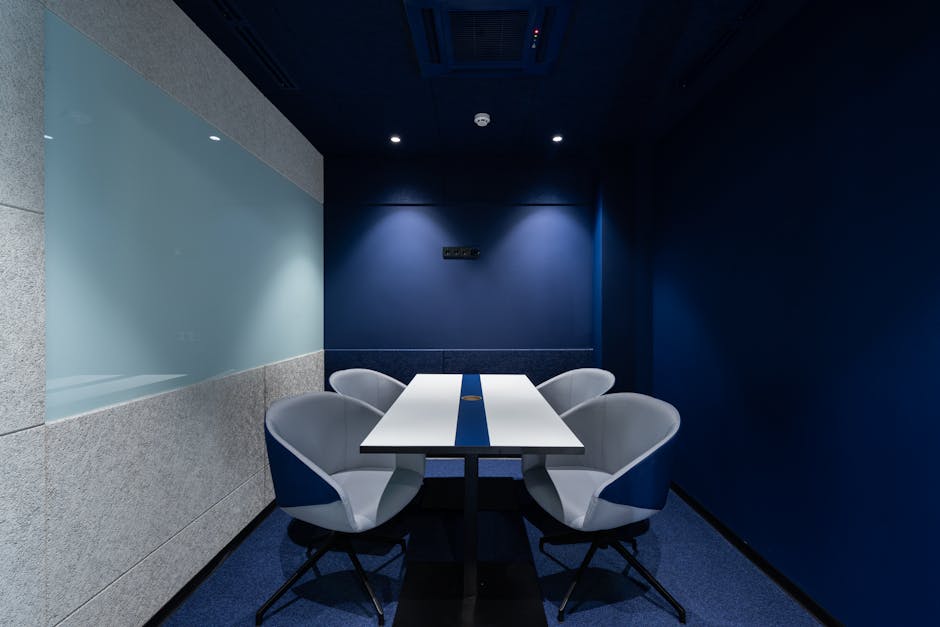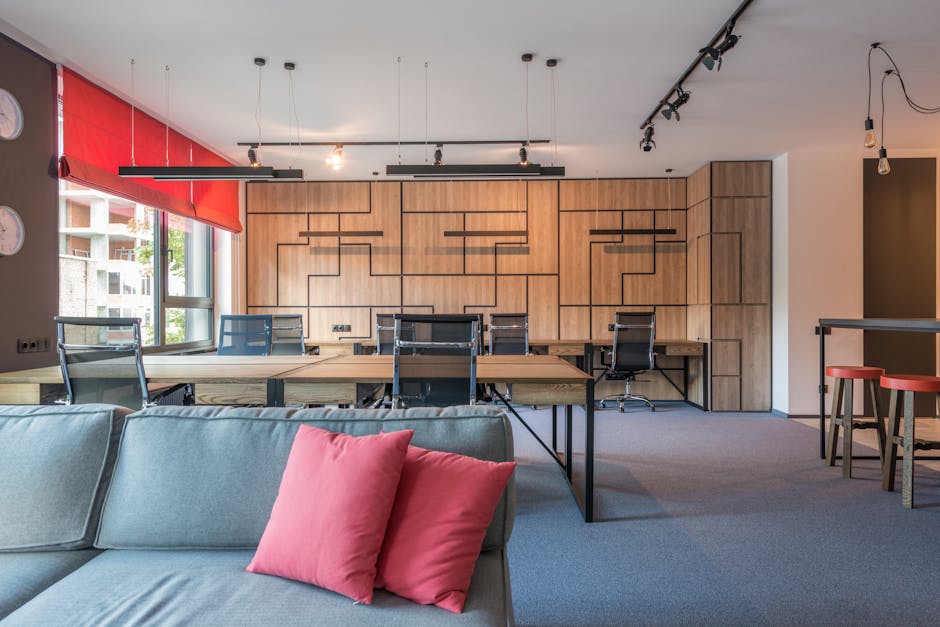Articles on Workplace

Desk Sharing: The Ultimate Guide to Optimizing Your Workspace
Desk sharing is a game-changer for modern workplaces, offering flexibility, cost savings, and improved collaboration. This ultimate guide explores the benefits, challenges, and best practices for implementing a successful desk sharing policy, along with the top desk sharing apps and tools to streamline the process.
By Evelyn Parker

10 Proven Hybrid Work Best Practices for a Thriving Workplace
Adopting a hybrid work model can lead to improved employee productivity, real estate cost savings, and workplace satisfaction. However, without careful implementation, it can also result in a decline in employee experience, retention, and productivity. This article explores 10 proven hybrid work best practices to help your company and employees thrive in this flexible model of work.
By Ethan Montgomery

Revolutionizing Office Meetings: The Future of Conference Rooms
The office conference room is undergoing a major transformation, driven by advances in technology, evolving work styles, and a focus on collaboration. This article explores the latest trends shaping the future of meeting spaces, from smart technology integration to flexible designs that foster creativity and productivity.
By Charlotte Reed

10 Companies Embracing Hot Desking in Activity-Based Offices
This article explores how 10 leading companies, including Google and Credit Suisse, are adopting hot desking and activity-based working strategies to create dynamic, flexible office environments that enhance collaboration, productivity, and employee well-being.
By Oliver Wright

5 Effective Ways to Improve Collaboration in the Workplace
Collaboration is the key to success in any workplace. By implementing these 5 effective strategies, you can foster a collaborative environment, boost productivity, and create a thriving workplace culture that attracts and retains top talent.
By Evelyn Parker

Unlocking the Power of Interactive Office Maps: Enhancing Workplace Efficiency and Collaboration
Interactive office maps, layout software, and digital floor plans are transforming the modern workplace. By providing employees with real-time information and intuitive navigation, these tools enhance efficiency, collaboration, and overall satisfaction. Discover how implementing these solutions can revolutionize your organization's workspace and unlock new levels of productivity.
By Charlotte Reed

Conference Room Etiquette 101: Rules for Productive Meetings
Conference room etiquette is crucial for maintaining a professional atmosphere and ensuring productive meetings. This article outlines the essential rules for using shared meeting spaces, from being punctual and prepared to minimizing distractions and leaving the room tidy. By following these guidelines, you can foster effective collaboration and make the most of your time in the conference room.
By Julian Everett

Revitalizing Empty Offices: Strategies to Optimize Underutilized Workspaces
As companies adapt to hybrid work models, many offices are left underutilized. This article explores innovative strategies to revitalize empty offices, optimize space utilization, and create engaging workspaces that foster collaboration and productivity.
By Ethan Montgomery

Ensuring Workplace Compliance: A Comprehensive Guide
Workplace compliance is essential for protecting your employees, data, and bottom line. This guide explores the importance of compliance and provides actionable tips for creating a compliance culture in your organization.
By Evelyn Parker

Navigating the 4 Employee Types in Today's Diverse Workplaces
In today's dynamic work environment, understanding the four main employee types is crucial for creating a productive and inclusive workplace. This article explores the characteristics of each type and provides insights on how to design workspaces that cater to their specific needs, ultimately leading to improved employee satisfaction and organizational success.
By Oliver Wright

The Fascinating History of the 5-Day Work Week: How We Got Here
The 5-day work week has become the norm in modern society, but it wasn't always this way. This article explores the fascinating history behind the 40-hour workweek and how it came to be. From the early days of the Industrial Revolution to the labor movements of the 20th century, we'll uncover the key figures and events that shaped the workweek as we know it today.
By Nathanial Sterling

How to Get Your Team Back in the Office: A People-First Approach
As companies navigate the post-pandemic landscape, getting employees back into the office has become a top priority. This article explores a people-first approach to enticing your team to return, focusing on creating a welcoming, productive, and engaging office environment that prioritizes employee well-being and collaboration.